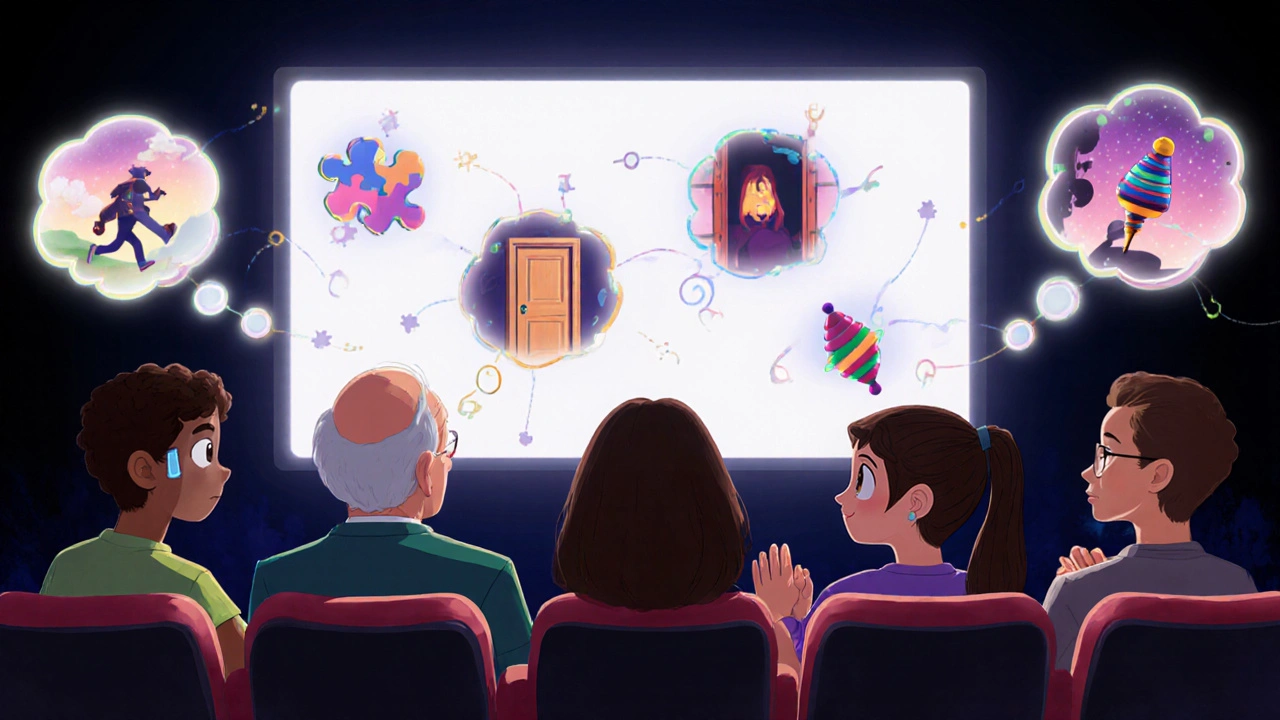Viewer Emotion in Film: How Movies Make You Feel
When a movie sticks with you long after the credits roll, it’s not because of the plot—it’s because of viewer emotion, the raw, personal reaction a film triggers in the audience. Also known as audience response, it’s what turns a good story into a memory. This isn’t about cheap tricks or loud music—it’s about how filmmakers build moments that feel real enough to make your chest tighten, your breath catch, or your eyes well up without you even realizing it.
Great films don’t just show you emotion—they make you live it. Think of the silence after a character says goodbye in The Lord of the Rings, or how a single tear in Crying on Cue feels more real than any Hollywood waterworks. That’s the power of emotional storytelling, the deliberate use of narrative, performance, and pacing to evoke authentic feelings. It’s not about what happens, but how it lands inside you. And it’s not random. Filmmakers use tools like film emotion, the controlled manipulation of visual and auditory cues to guide how viewers feel at every moment—a lingering close-up, a fading score, the weight of an unspoken line. These aren’t just techniques; they’re emotional triggers wired into how humans process stories.
Behind every tear, laugh, or gasp in the theater is a mix of psychology, craft, and timing. movie psychology, the study of how cinematic elements influence human feelings and decisions explains why we cry for characters we’ve never met, or why a single color shift can make a scene feel like loss. It’s why Hayao Miyazaki’s flying scenes make you feel free, or why David Fincher’s cold lighting makes you feel alone—even when nothing dramatic happens. These aren’t accidents. They’re designed. And they work because they tap into something deeper than plot: the shared human need to feel understood.
What you’ll find in the posts below aren’t theories—they’re real examples. From how a punch sound makes you flinch, to how a romantic comedy heroine’s evolution mirrors real-life change, each piece digs into the mechanics behind what you feel when the lights go down. You’ll see how sound design, acting choices, and even color palettes aren’t just artistic decisions—they’re emotional tools. No fluff. No jargon. Just clear, honest breakdowns of why certain scenes hit harder than others. Whether you’re a filmmaker trying to connect or a viewer wondering why you cried at a movie you can’t even remember the name of, this collection gives you the why behind the feeling.
Cognitive film theory explains how viewers actively build stories and feel real emotions from movies using universal mental processes. Learn how perception, memory, and empathy shape your movie experience.
View More

